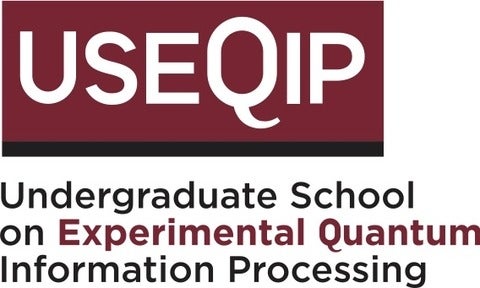Seminar: Pranjal Bordia
Many-Body Localization Through the Lens of Ultracold Quantum Gases
Pranjal Bordia, Max Planck Institute, Munich
A fundamental assumption of quantum statistical mechanics is that closed isolated systems always thermalize under their own dynamics. Progress on the topic of many-body localization has challenged this vital assumption, describing a phase where thermalization, and with it, equilibrium thermodynamics, breaks down.
